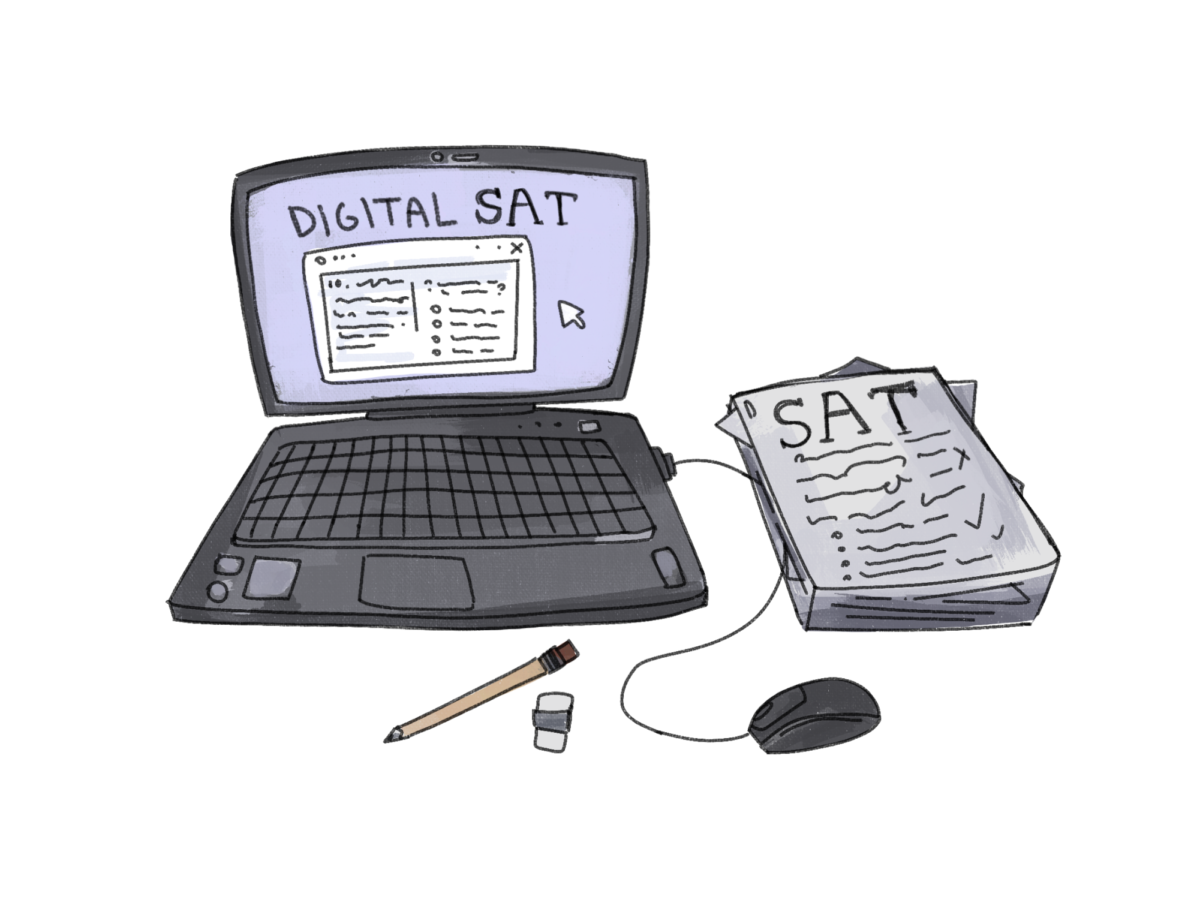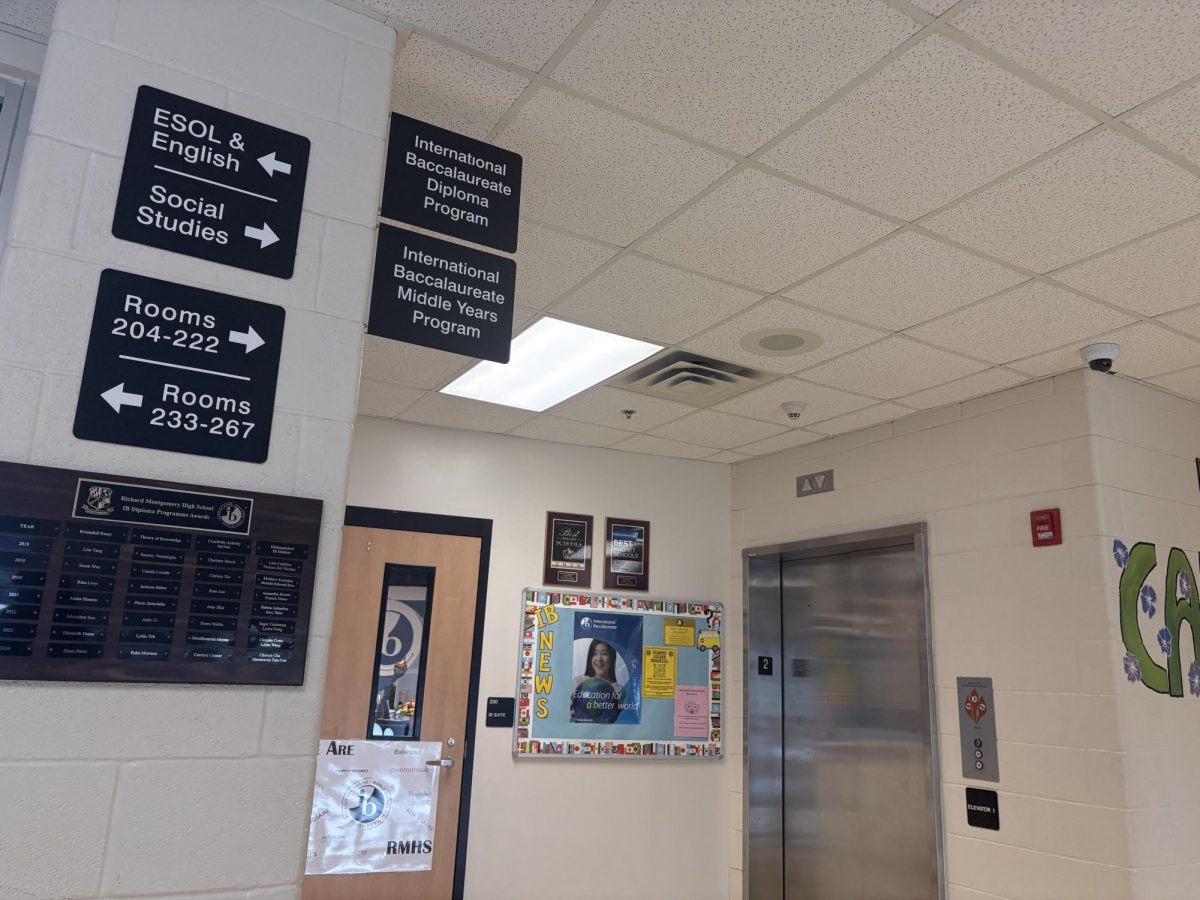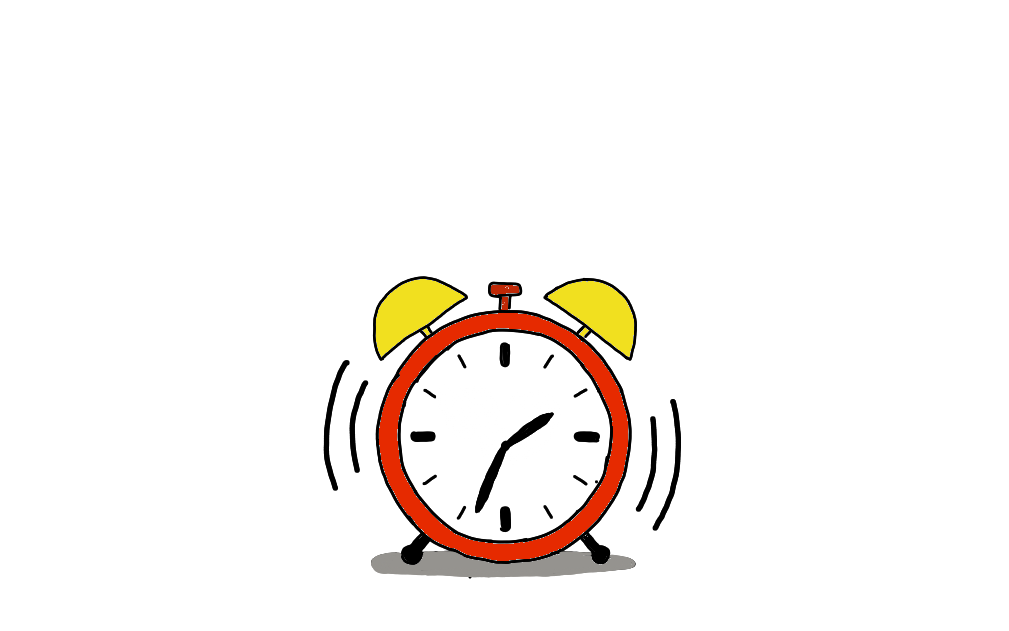On the morning of March 20, RMHS juniors had the opportunity to take the digital SAT for free. During this time, students in other grades enjoyed the change to sleep in or have fun. The price point of RMHS’ digital SAT (that is, nonexistent) is truly something to be admired.
Time and time again, it has been shown that scores on the SAT and ACT are based not on a student’s intellect but on their wealth. Students in the top twenty percent of wealth are seven times more likely to score a 1300 (or higher) on the SAT than those in the bottom twenty percent. Sophomore Jordyn Folkart said, “some people have more access and resources to coaches, programs and other things that could prepare them more than other students.” Additionally, students in poorer families may not be able to take the SAT at all; only one in five do. The SATs are already so skewed towards the wealthy; adding a price tag to it makes it all the more unfair.
The SAT typically costs sixty dollars, with the possibility of cancellation fees, late fees and change test center fees adding to that. That’s not all – fees known as ‘score service fees’ can be tacked on at an additional cost for amenities such as rush reports, additional score services, get scores by phone and hand score verification. For many families, the sixty-dollar baseline is not a number to scoff at. While fee waivers are available, in order to get one, students must qualify for certain criteria. Examples of ways to qualify are being unhoused, being eligible to be enrolled in the National School Lunch Program (NSLP) and receiving public assistance. Not all students who need a fee waiver will be able to get them under this criteria.
The SAT being free to students was also used, showing how necessary it was. Junior Jack Wingfield said, “On the day I took the digital SAT, the vast majority of people attended… those who needed it generally capitalized on the opportunity, myself included.” This incredible opportunity was not ignored by students, who understand all too well the extreme pressures to take and do well at the SAT.
Most importantly, expecting students to pay for the SATs is a little absurd. Taking either the SAT or ACT is considered a “requirement” to go to a dream school. Wingfield said, “It’s critical to allow everyone to take standardized tests like the SAT since scores are so heavily valued in admissions to many colleges.” While many schools are currently test-optional, prestigious schools such as Yale and Brown are returning to requiring either the SAT or the ACT. With the end of the COVID-19 era, other schools will likely follow suit. Freshman Mouna Dantata said, “we should always aim to offer an equitable playing field when it comes to college acceptance.” Students who go to college are linked to higher earnings, more job security and more access to benefits. College isn’t an absolute requirement, but it is certainly helpful later in life. If the SAT is what it takes for students to get the necessary benefits, it makes so much sense for it to be free.
It is commendable that juniors were able to take the SAT for free this year, but disappointing that this policy is not everywhere. Free SATs should be the only SATs, unless SATs are no longer so heavily weighted in college admissions. Equity is so important, and making the SATs free is just one step on the long journey to getting there.
If you would like to voice your opinion on an issue you feel is relevant to our community, please do so here. Anyone is able and welcome to submit a Letter to the Editor, regardless of journalistic experience or writing skills. Submissions may be published either online or in a print issue.








